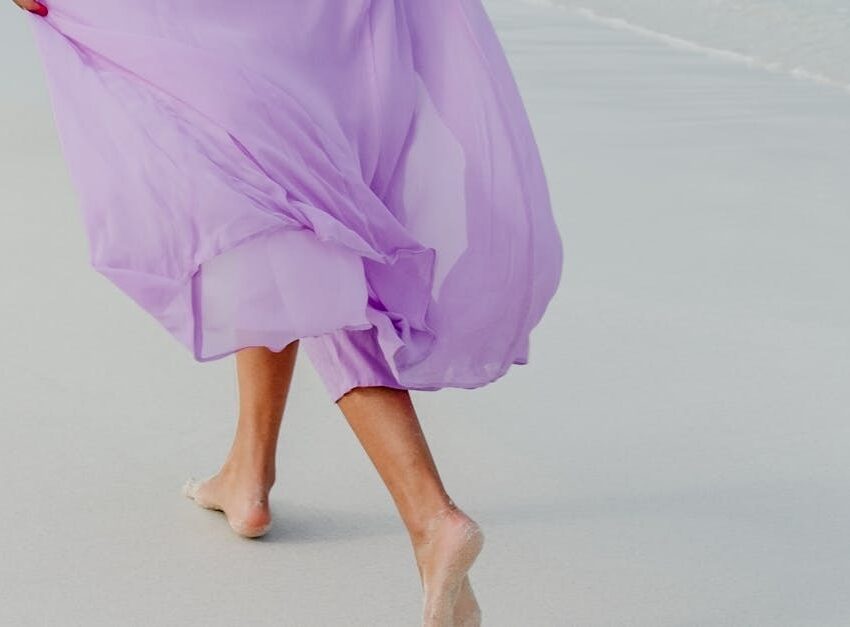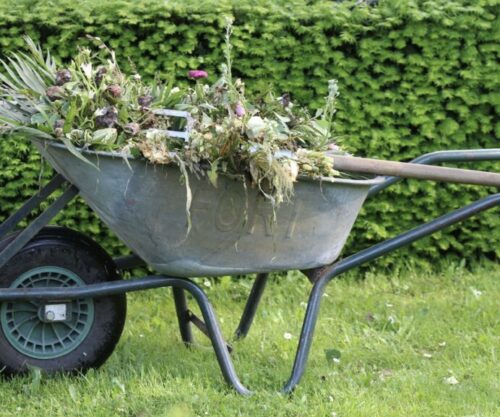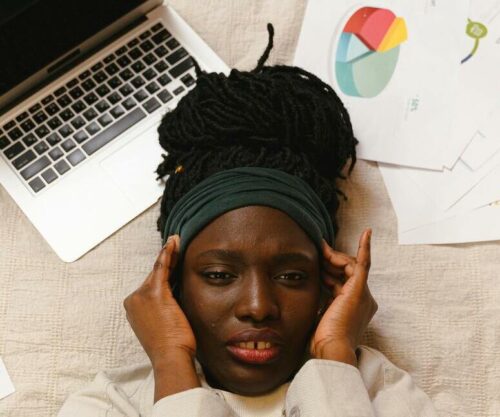
The colour that is becoming a national voice
There are moments when a country feels the weight of its own heartbreak and chooses to respond not with silence but with something that can be seen and felt. This Friday, South Africans will step out wearing purple to show solidarity with women and children affected by gender-based violence and femicide. It is a simple instruction, yet it carries an emotional force that reflects a nation demanding accountability and compassion.
The call comes from Women for Change, a prominent organisation that has become a recognisable guide in the fight for justice and support for survivors. Their message is clear. GBV should be treated as a national emergency. In the lead-up to the campaign, social media has been filled with people preparing their purple outfits, sharing reminders, and encouraging friends and family to join the movement.
The story stitched into every shade of purple
Designer Gert Johan Coetzee helped shape the visual identity of this moment by explaining why purple holds such power. It is not just a pleasing colour. Historically, it has been linked to dignity, transformation, and courage. Coetzee believes that softer purples express empathy and comfort, while darker violets represent resilience and unity.
To him, lavender brings a feeling of softness and understanding, while deeper tones reflect the strength of survivors. Together, they create a balanced expression of hope and defiance. Coetzee is intentional about one thing. Wearing purple should never feel like a performance. It is meant to honour the lives and voices often pushed into the shadows.
How fashion becomes a quiet protest
Coetzee describes fashion as something that can speak without raising its voice. A silk scarf, a delicate ribbon, a brooch, or even a small bracelet can start important conversations without distracting from the purpose. The beauty of this movement is its accessibility. Even those without purple clothing can take part through small touches such as a ribbon, a scarf, a charm, or even a purple lip colour or nail polish.
Men are also encouraged to take part. A simple tie, pocket square, or lapel pin is enough to show support. It is about intention rather than spectacle.
Familiar voices adding strength
The movement gained even more momentum when Springboks captain Siya Kolisi publicly urged South Africans to choose purple instead of the familiar green for a day. His support mirrors what many people already feel. There is a growing desire to be part of something that pushes back against silence and creates a shared sense of purpose.
This campaign has become more than a coordinated fashion moment. It is a collective gesture. From tailored jackets to handmade ribbons, purple has become a symbol of remembrance, resistance, and respect.
Why this moment matters
South Africa’s struggle with GBVF has been ongoing for years, yet this moment feels different. The country is shifting from outrage to involvement. Wearing purple is a small action, but it connects millions to a shared message. It reflects unity, healing, and responsibility. On Friday, South Africa will not simply dress up. It will stand up. Each shade of purple will carry the weight of a promise to never look away and to continue supporting survivors until lasting change becomes possible.
Source: Joburg ETC
Featured Image: Pexels




